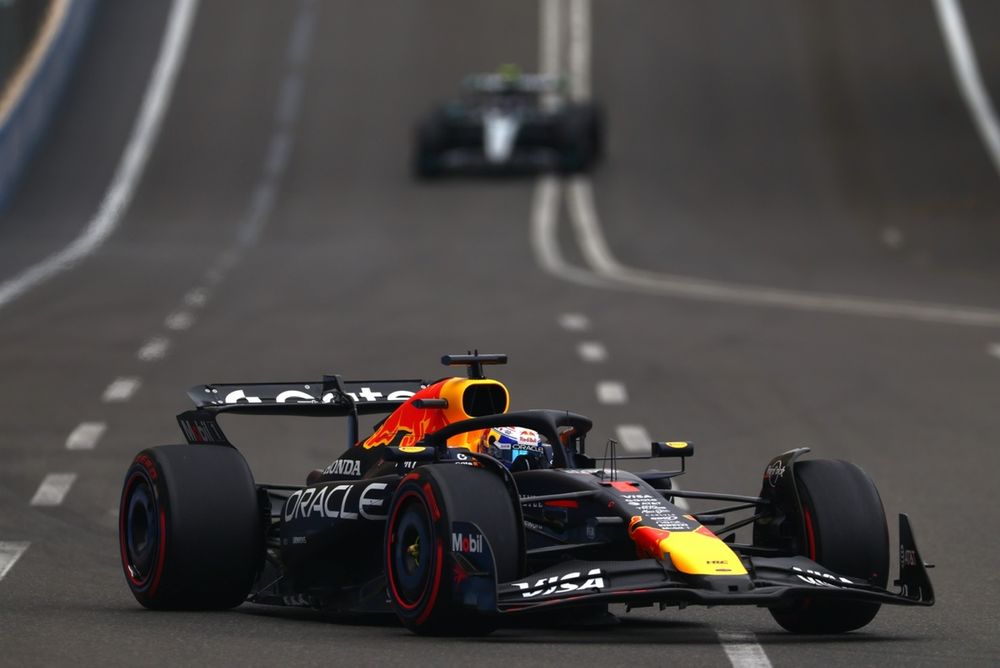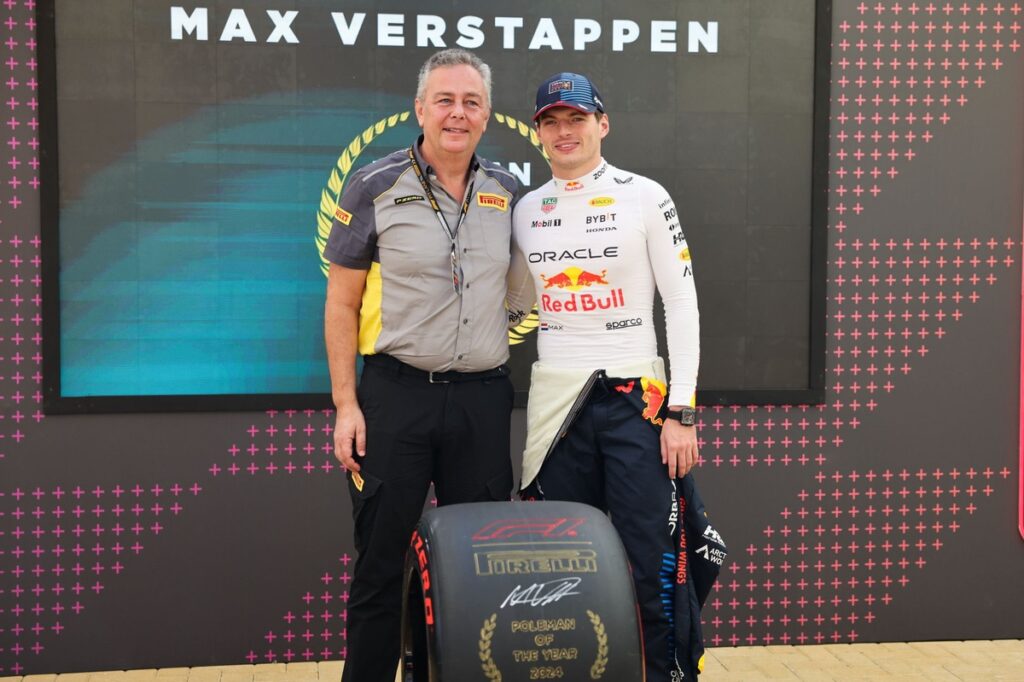After Pirelli introduced the C6 tyre in Formula 1 this season, Max Verstappen and some of his colleagues weren’t too impressed with the compound, which has moved the Italian manufacturer to be open to discuss its shortcomings.
During the C6’s last outing in Azerbaijan Grand Prix – where many drivers preferred to save the mediums for qualifying instead of using the softs – Verstappen said the Italian supplier might as well “leave that tyre at home” in the future.
“I think I should have a conversation with Pirelli at some point and tell them to just leave that tyre at home, because it makes the whole weekend very tricky. You have no proper reference on the mediums until qualifying. It doesn’t make any sense.”
“Look, if the tyre doesn’t work here, it didn’t work in Monaco, it didn’t work in Imola, and in Montreal it didn’t work either. Then you’re really better off leaving it at home.”
Those remarks, unsurprisingly, reached Pirelli and its motorsport boss Mario Isola: “I have seen the comments. I didn’t have the opportunity to talk to Max yet, but I will do that [later]. In any case, it’s not urgent because there is no plan to bring the C6 to any other race this year.”
The softest compound was initially planned for Singapore and Las Vegas, but Pirelli changed its mind. That decision, Isola explained, had been made long before Verstappen’s comments.
“The original idea of taking it to Singapore and Las Vegas was abandoned because the energy is much higher in Singapore, and in Las Vegas the temperature is also an element to consider. You can generate graining on the C6, so it was not really an option.”
Lando Norris, McLaren F1 Team, receives his Pirelli Pole Position Award from Mario Isola, Racing Manager, Pirelli Motorsport
Photo by: Sam Bloxham / Motorsport Images
For Singapore, that choice is logical, as the hot and twisty street circuit would be tough on Pirelli’s softest compound. But why would Las Vegas be a problem? Colder conditions would normally require a softer compound to switch them on easier.
“That’s true,” Isola said. “But the softer the compound, the lower the mechanical resistance as well. And that means it’s easier to generate graining, especially in cold conditions. When we talk about graining, you damage the tyre especially in the first phase of usage, when the tyre is warmed by the blankets, but still not in a fully warm condition.
“Then, the compound is a little bit fragile in terms of mechanical resistance. It means that you can initiate the graining. And if you initiate the graining, then clearly this could affect the performance. If you have a C5 that is working well without graining or with just low abrasion, then it’s better to stay on C3, C4 and C5.”
Isola agrees with most parts of Verstappen’s criticism
So, did the C6 live up to Pirelli’s own expectations? After all, the tyre is no longer being taken to tracks it was initially planned for, and criticism from drivers followed after race weekends in which it was used.
“If we want to find something positive in the tyre allocation for Baku and some other races, then it has created some uncertainty over qualifying,” Isola replied.
“Some drivers wanted to use the C6, some other drivers wanted to use the C5. What we found is that the performance of the C6 was still better than the C5, but not a big step – probably a couple of tenths.”

Max Verstappen, Red Bull Racing
Photo by: Bryn Lennon / Formula 1 / Getty Images
This contradicts Verstappen’s claim that the softest compound was actually slower: “No, it was still the quickest, but sometimes more difficult to use for the drivers. It’s a little bit more peaky or unpredictable, so to extract the pure performance from the C6 is not super easy.”
Still, Isola admitted that Verstappen had some valid points, with Pirelli looking to make adjustments for 2026.
“We are fully aware of the fact that the C5 and C6 are very close at the moment. The target for next year is to have those two compounds a bit more spaced, so with a bigger delta in order to have a proper position for the C6,” Isola explained.
“It was the first time that we were using the C6 this year, that we decided to introduce a compound that is softer than the C5. We have learned from it, and we know that when we are going to homologate the compounds for next year, they have to be different.
“The point is that next year all the compounds will be different anyway, as the tyres will be different. But I understand the comments from Max. They are not very different from what we have analysed, so I don’t disagree with Max.”
We want to hear from you!
Let us know what you would like to see from us in the future.
Take our survey
– The Autosport.com Team
Read the full article here

